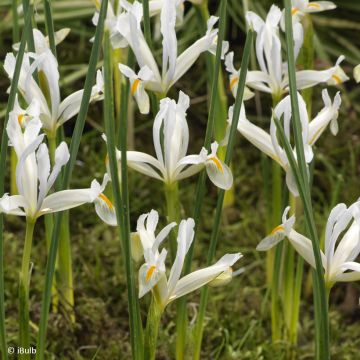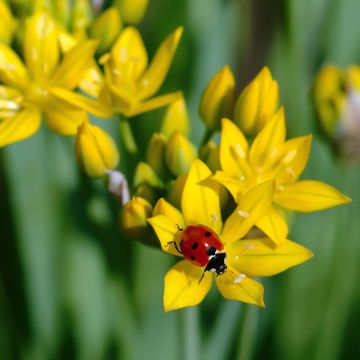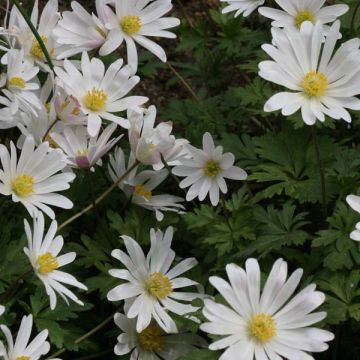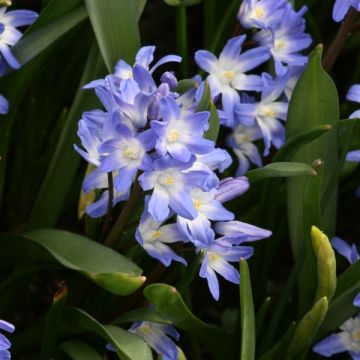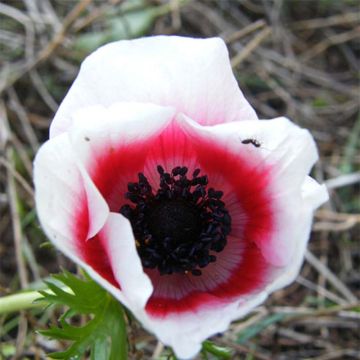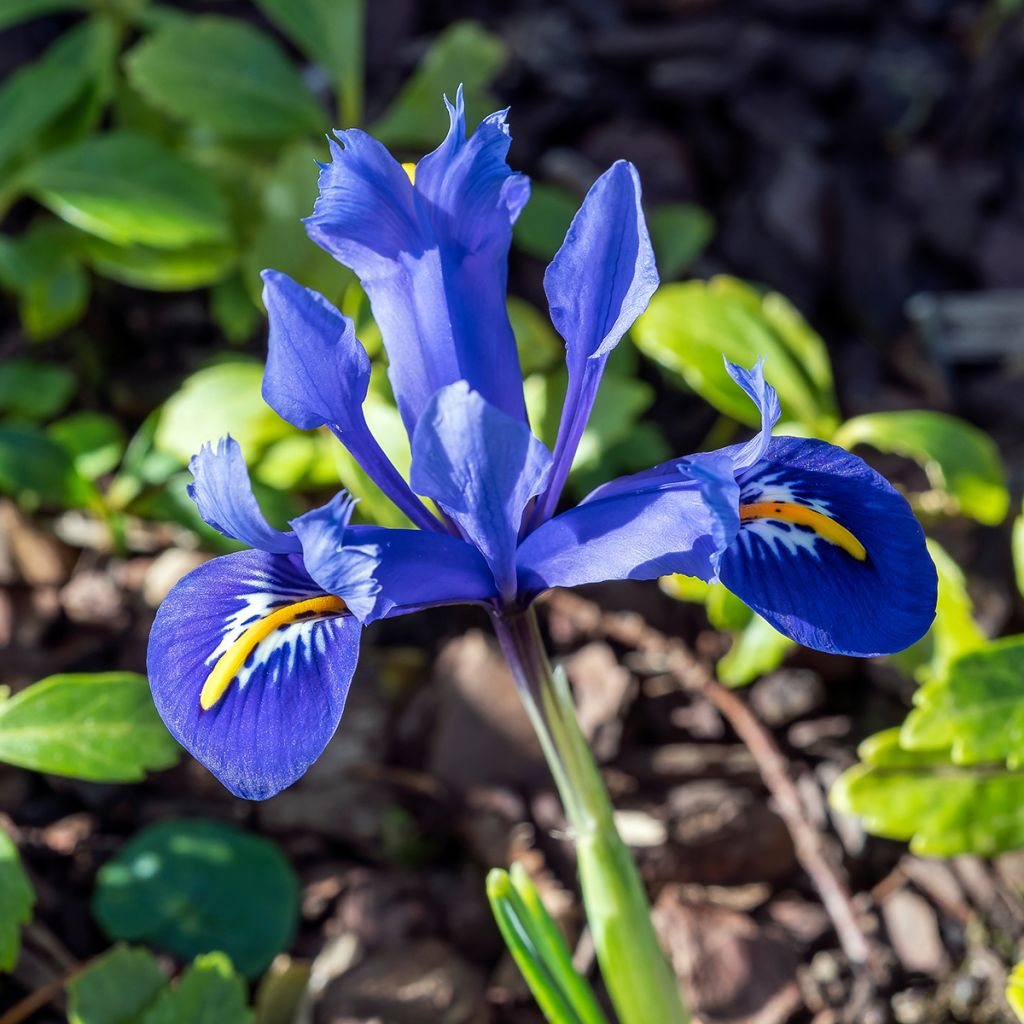

Iris reticulata Harmony
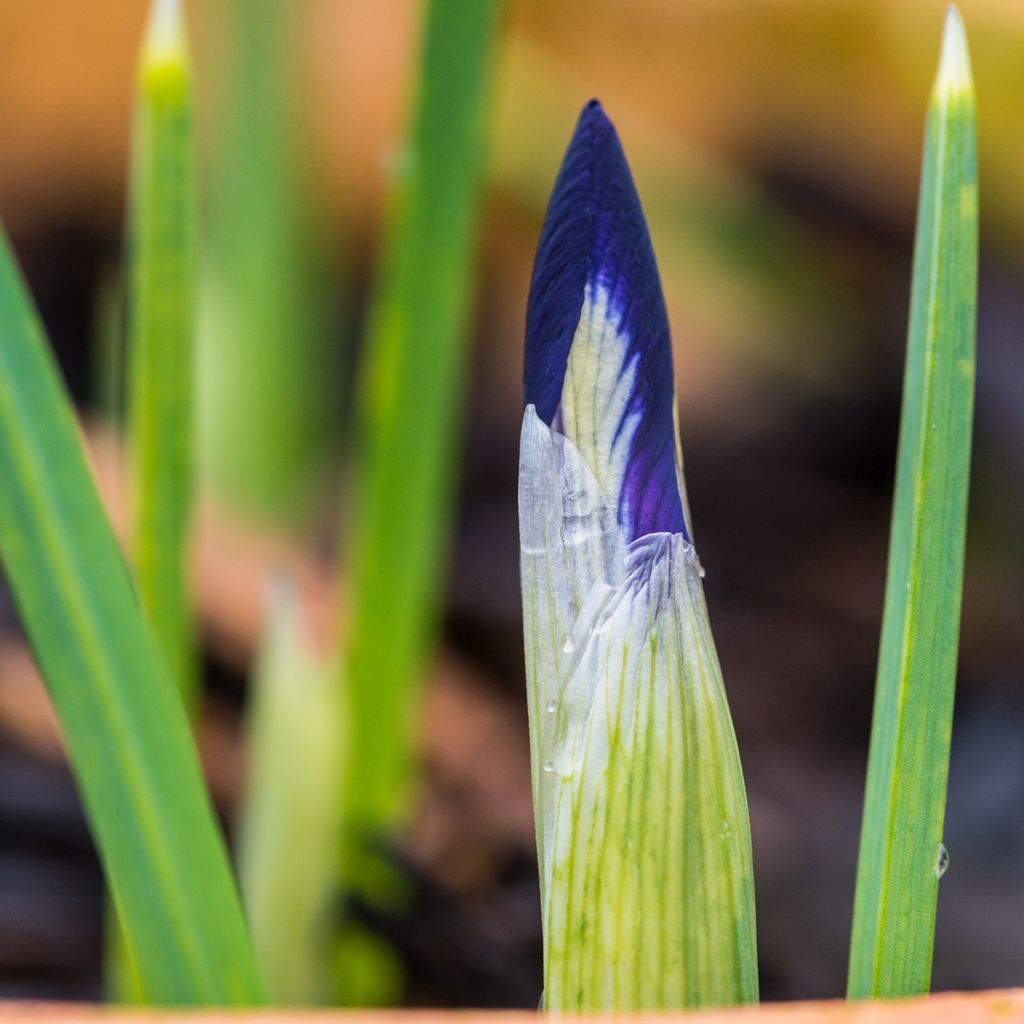

Iris reticulata Harmony


Iris reticulata Harmony
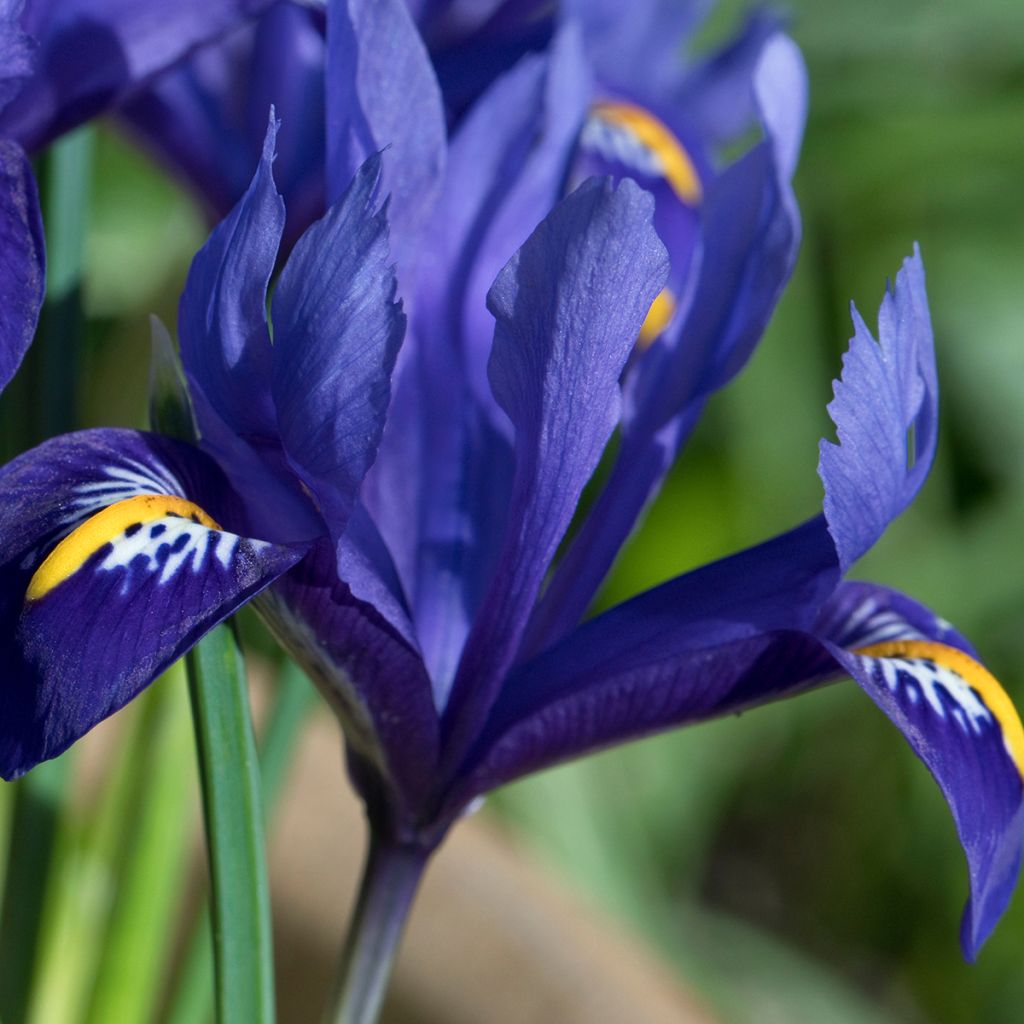

Iris reticulata Harmony
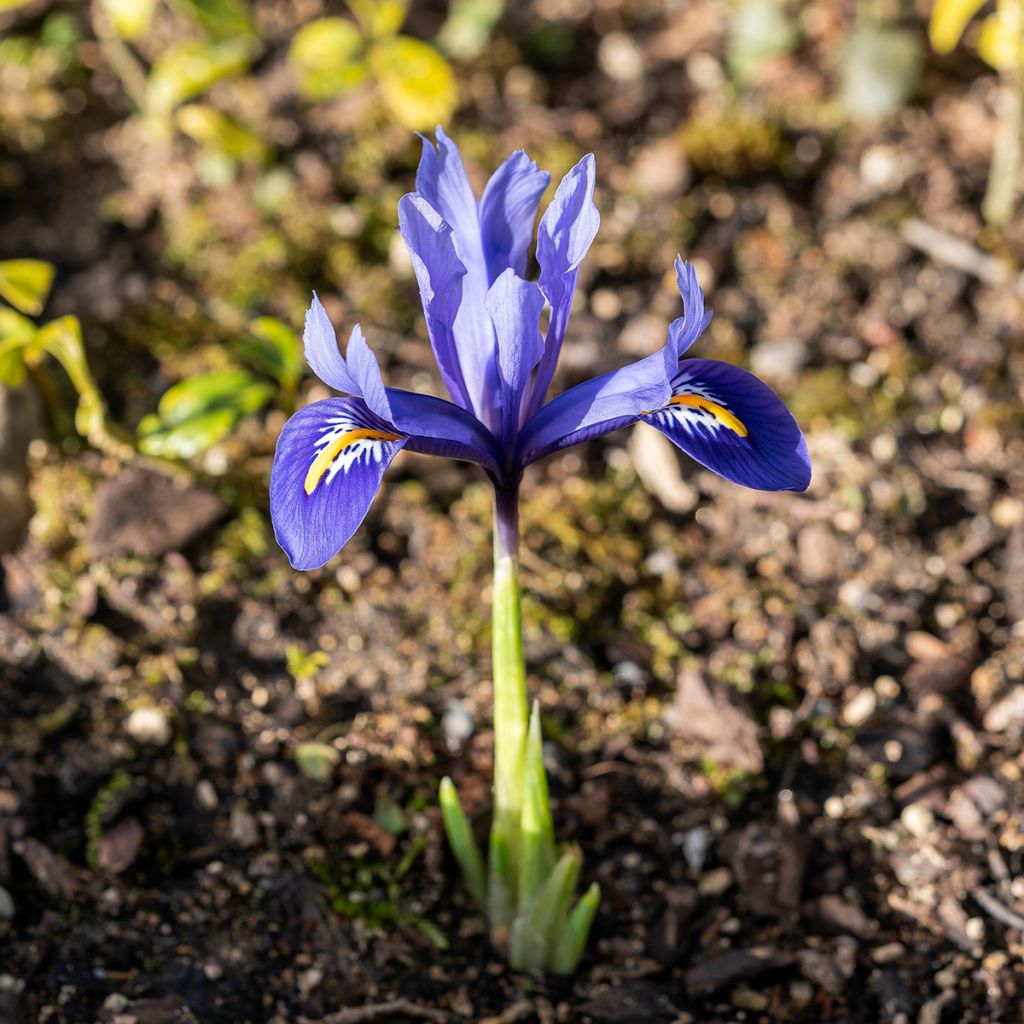

Iris reticulata Harmony
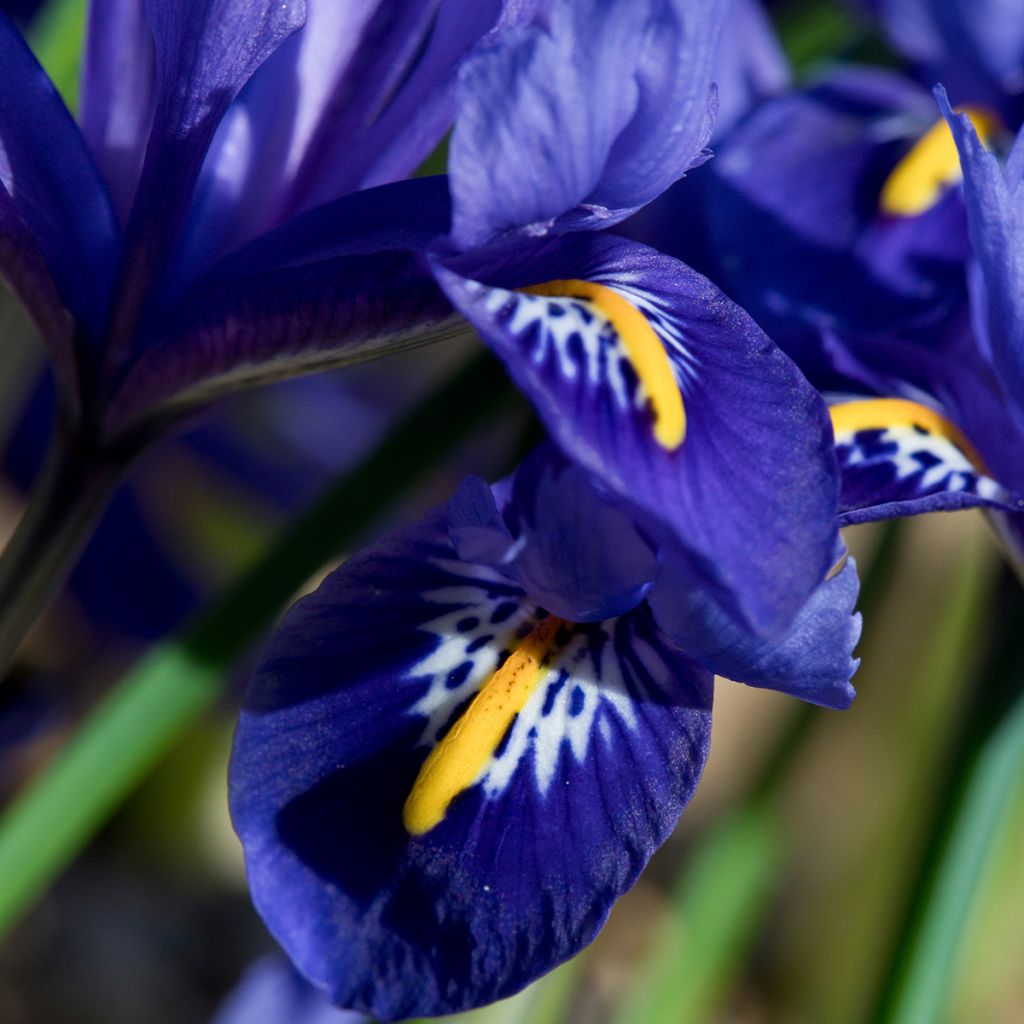

Iris reticulata Harmony
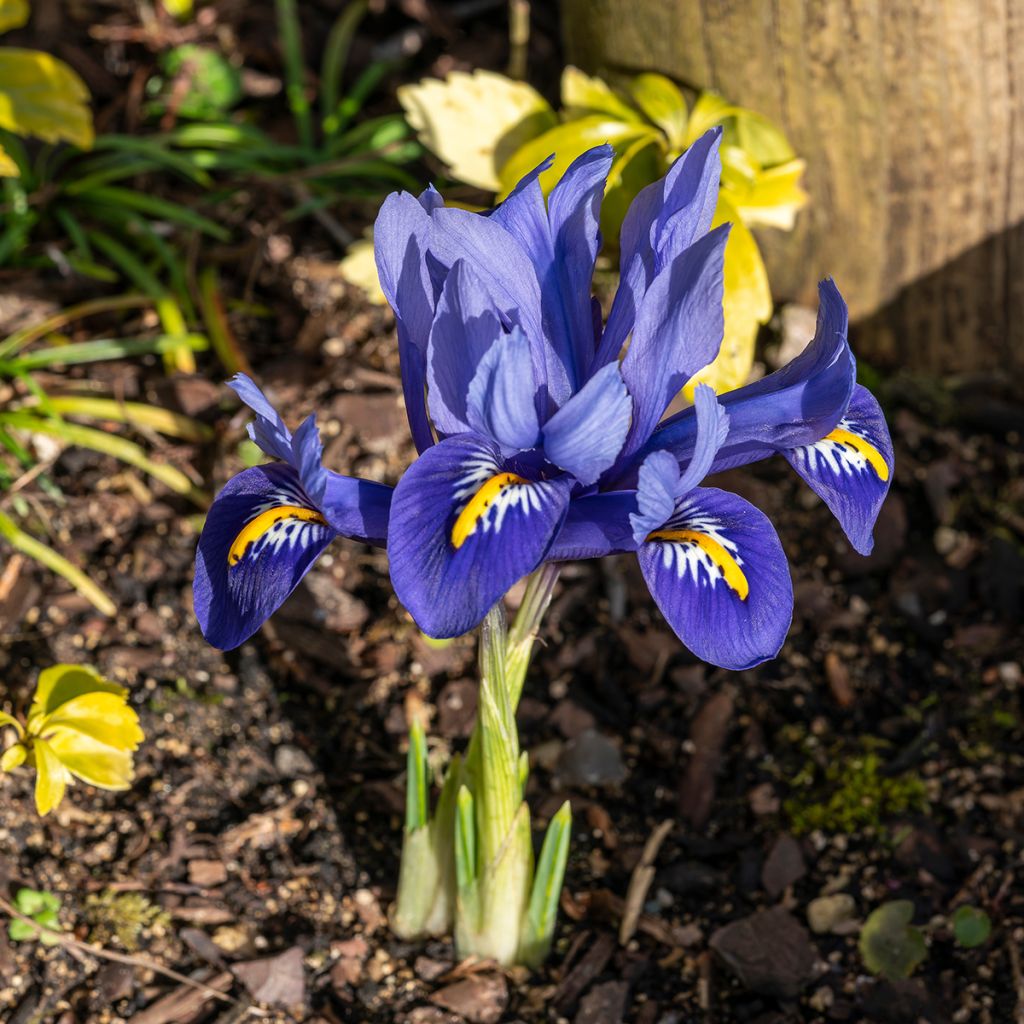

Iris reticulata Harmony
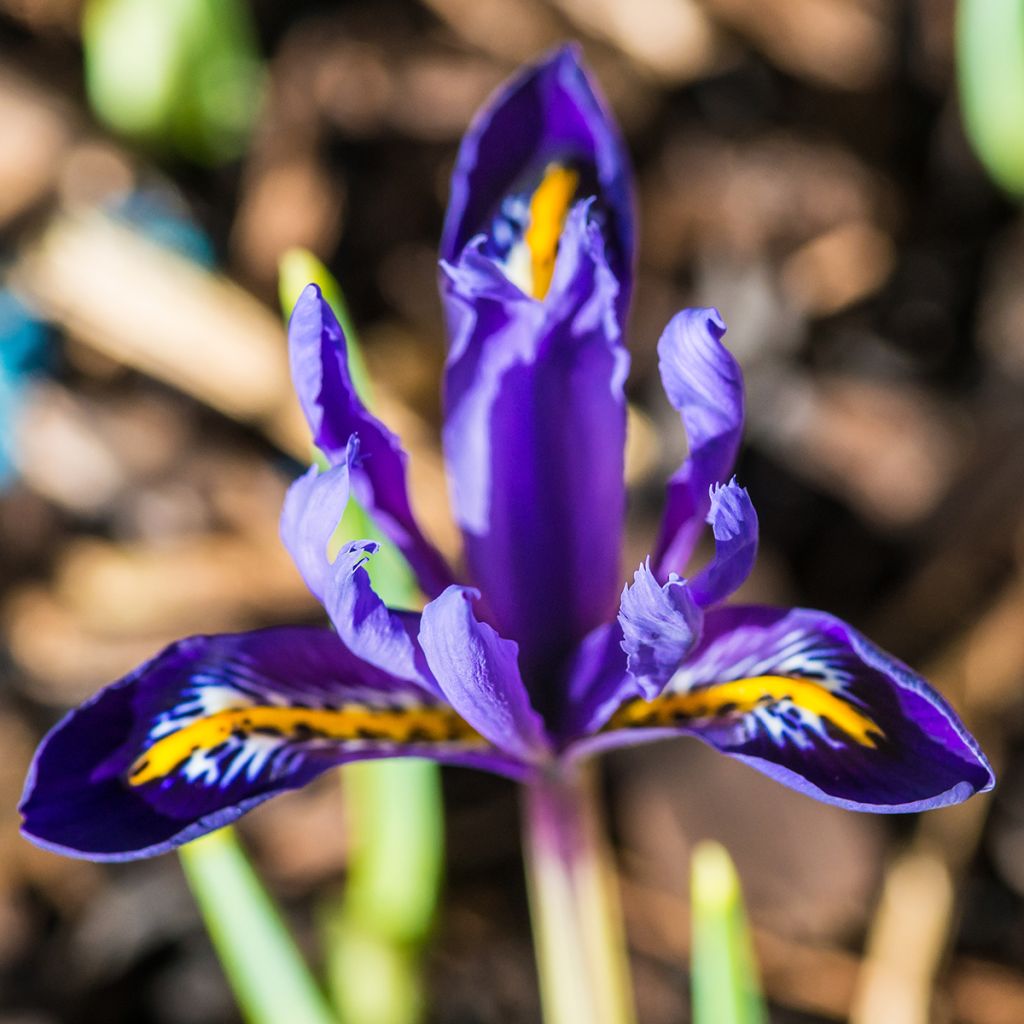

Iris reticulata Harmony
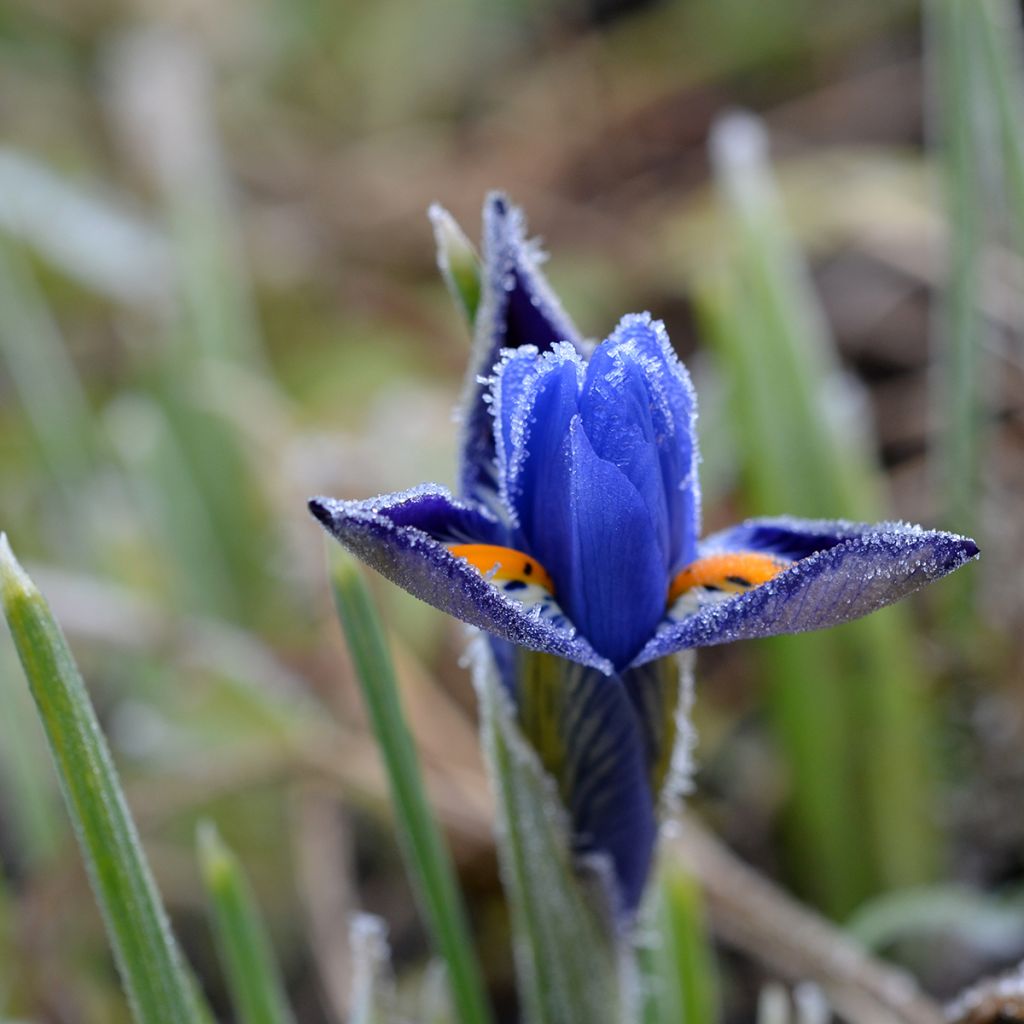

Iris reticulata Harmony


Iris reticulata Harmony
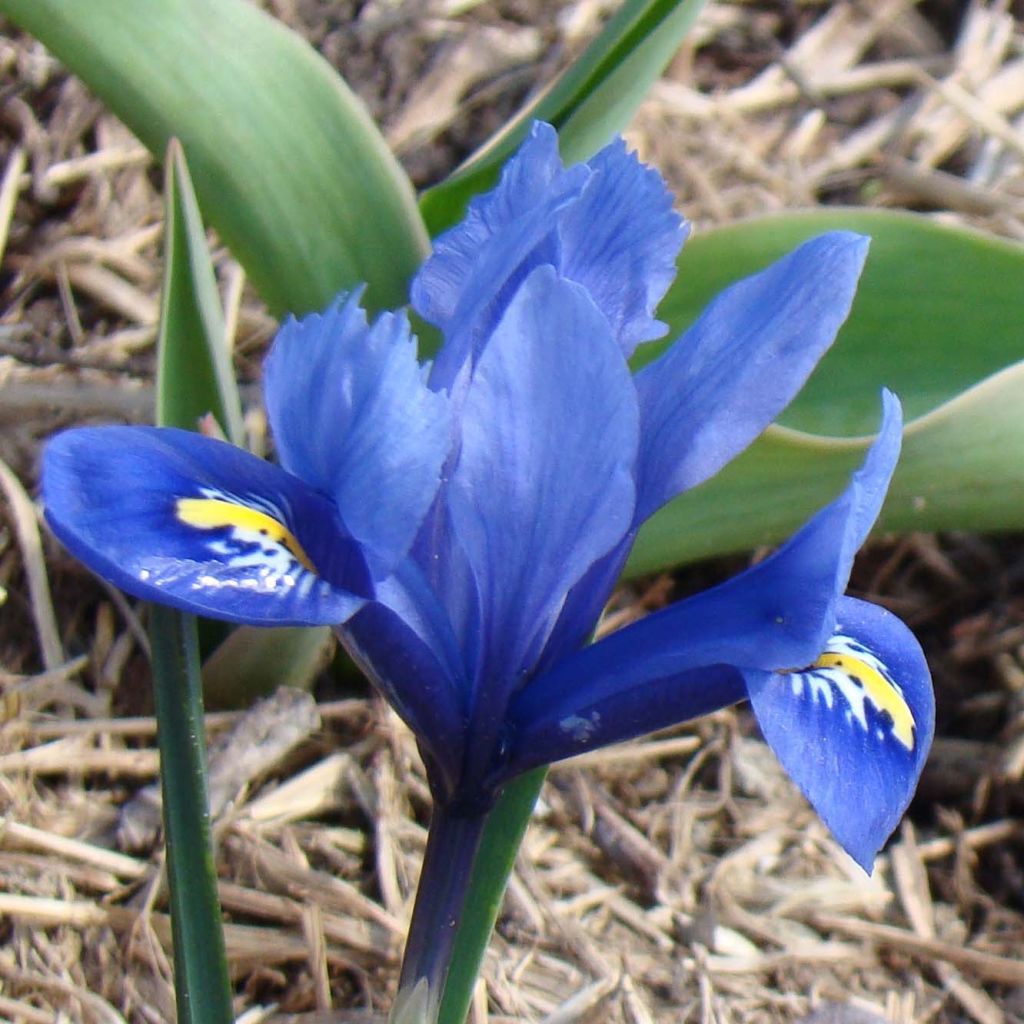

Iris reticulata Harmony
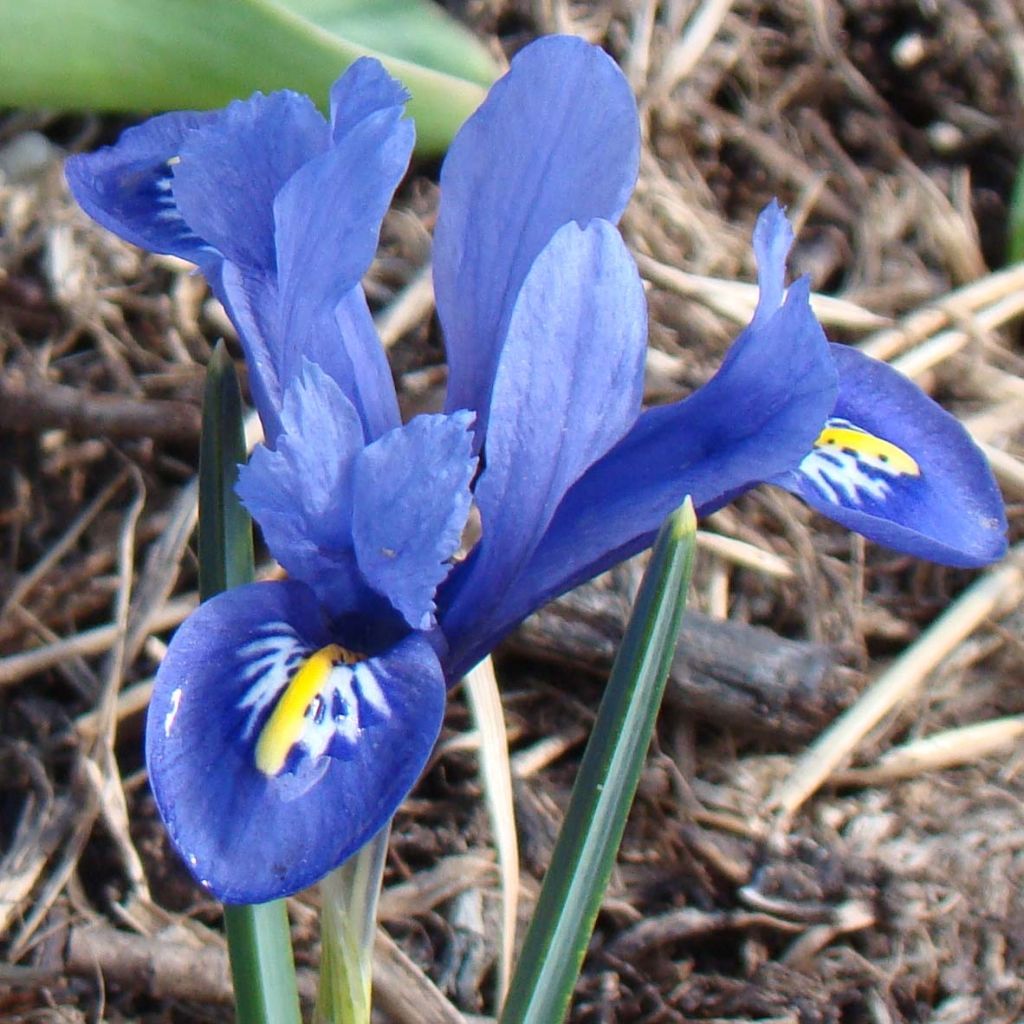

Iris reticulata Harmony
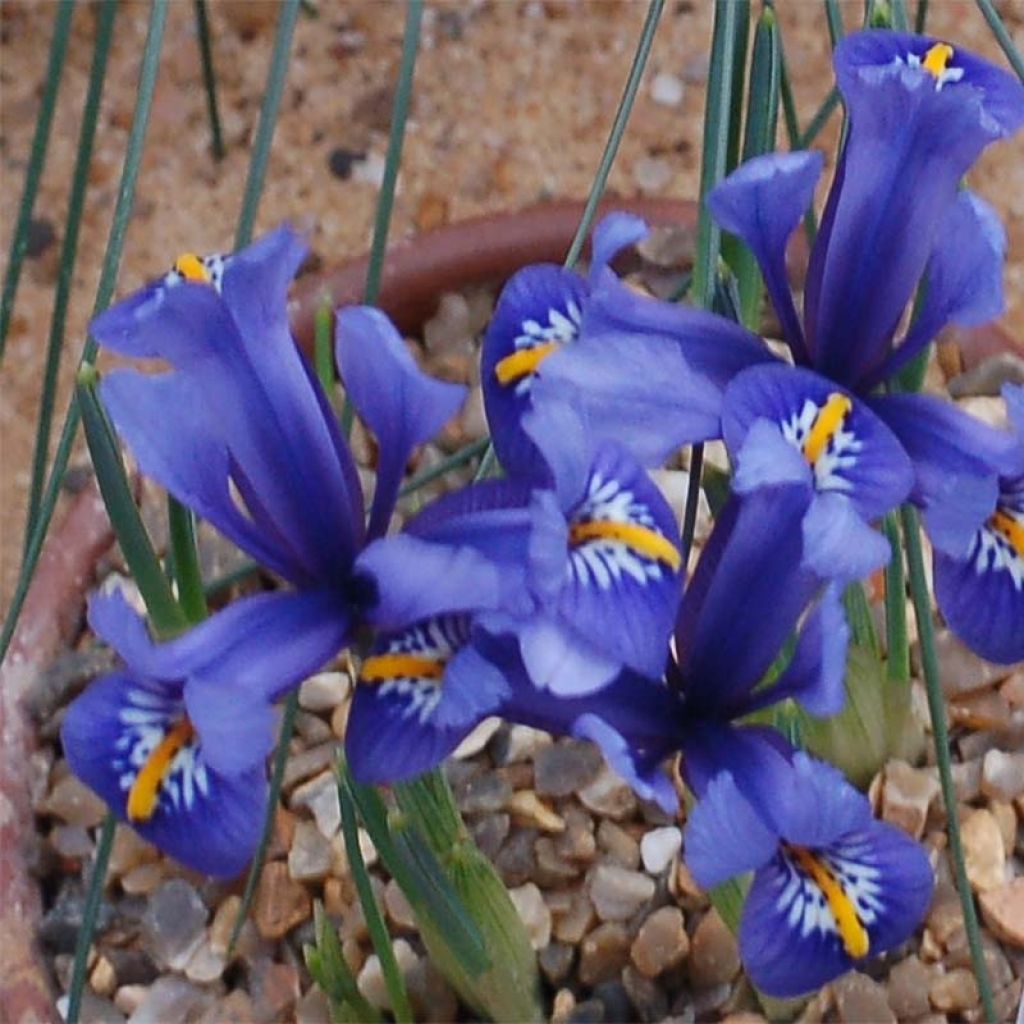

Iris reticulata Harmony
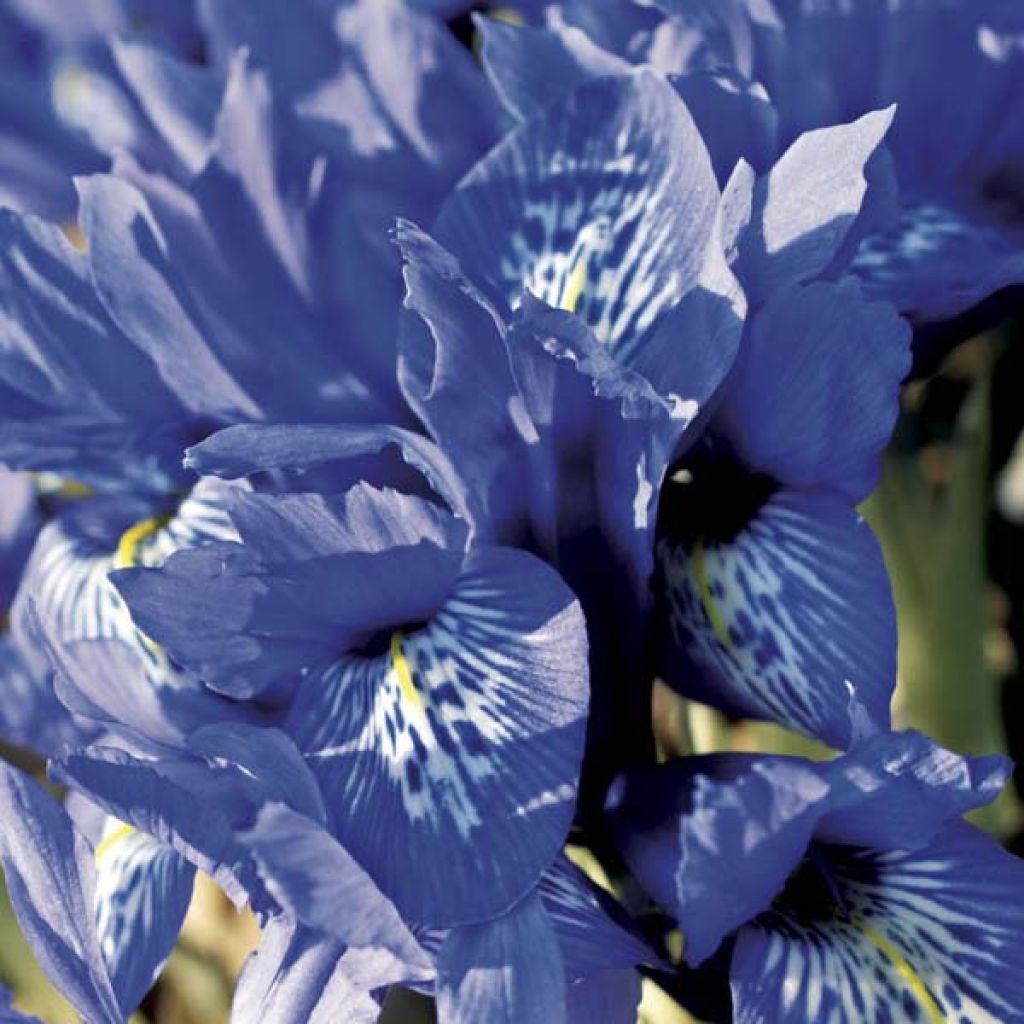

Iris reticulata Harmony
View more pictures
Hide images
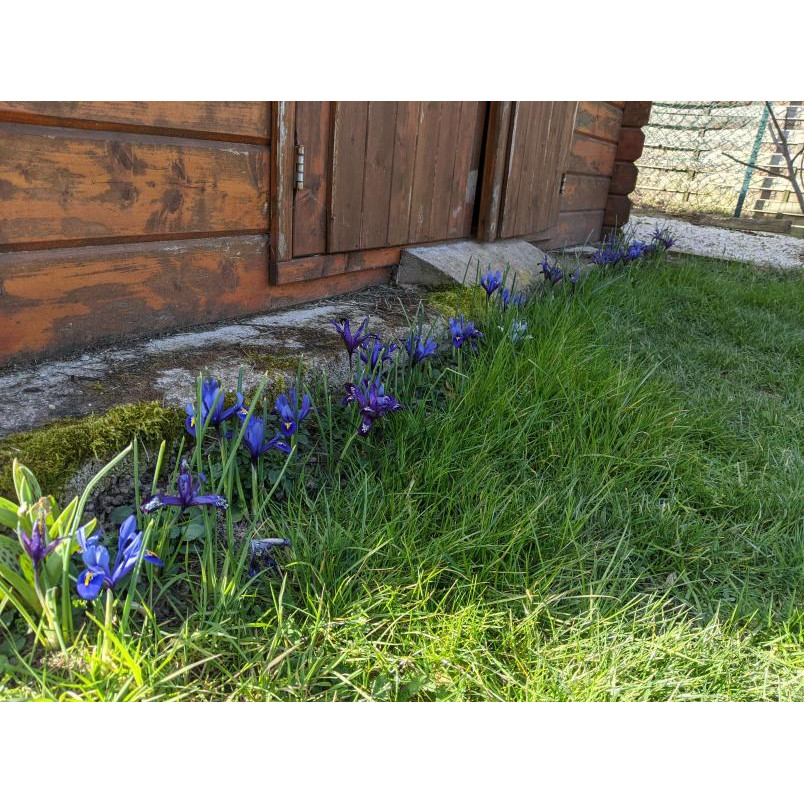
Florian C.

Iris reticulata Blue Note & Harmony (1st year, late February)
Florian C. • 01 FR
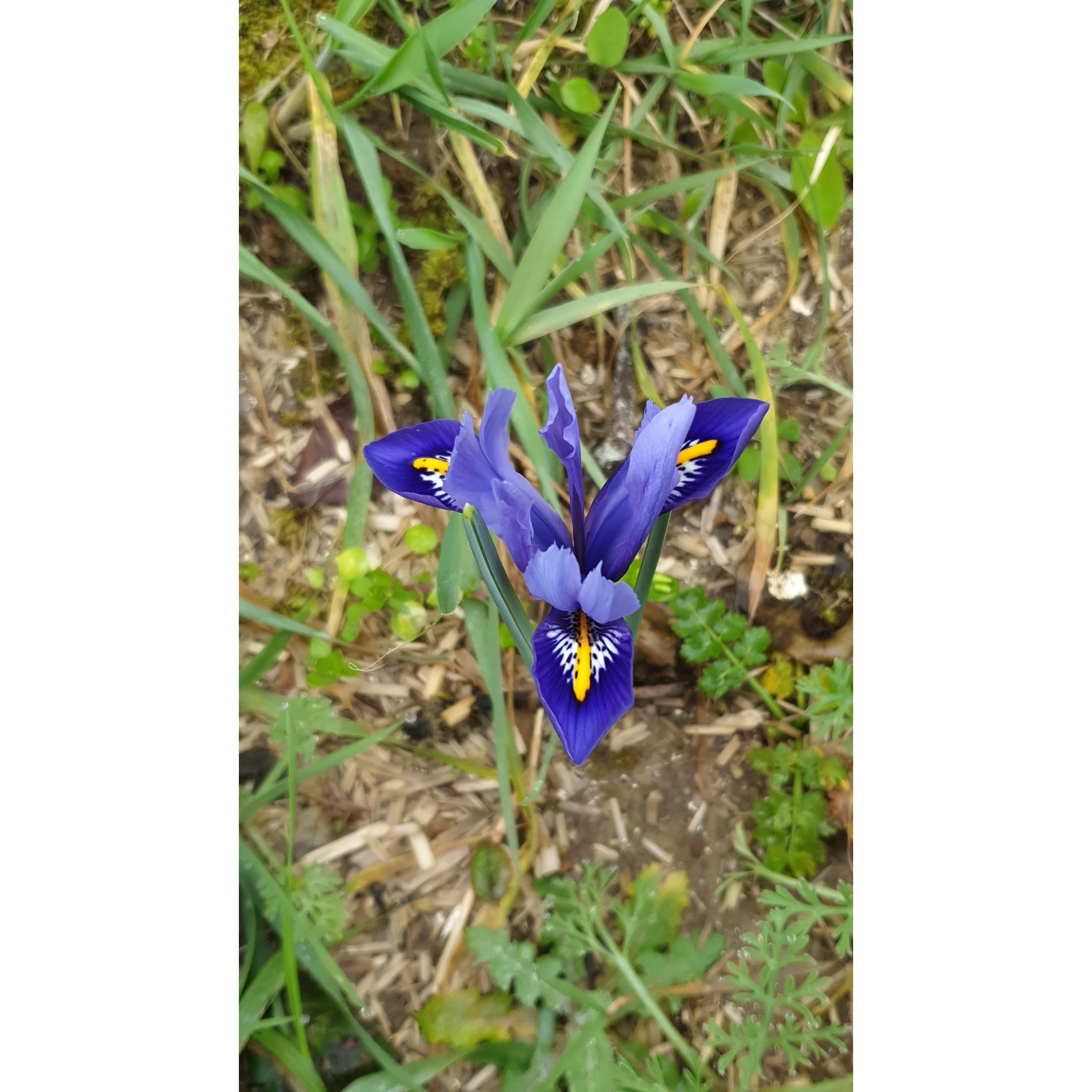
Sophie L.

Iris reticulata harmony
Sophie L. • 44 FR
Iris reticulata Harmony
Iris reticulata Harmony
Iris reticulata is commonly known as "netted iris" or "reticulated iris".
Beautiful flowers!
Delphine, 14/05/2021
Special offer!
Receive a €20 voucher for any order over €90 (excluding delivery costs, credit notes, and plastic-free options)!
1- Add your favorite plants to your cart.
2- Once you have reached €90, confirm your order (you can even choose the delivery date!).
3- As soon as your order is shipped, you will receive an email containing your voucher code, valid for 3 months (90 days).
Your voucher is unique and can only be used once, for any order with a minimum value of €20, excluding delivery costs.
Can be combined with other current offers, non-divisible and non-refundable.
Why not try an alternative variety in stock?
View all →This plant carries a 6 months recovery warranty
More information
We guarantee the quality of our plants for a full growing cycle, and will replace at our expense any plant that fails to recover under normal climatic and planting conditions.

Would this plant suit my garden?
Set up your Plantfit profile →
Description
The Iris reticulata Harmony, also known as reticulated iris, is a small botanical species with beautiful flowers of a very vibrant blue, enhanced by a yellow mark at the base of the sepals. It will establish itself permanently in a rockery, border, or pot, where its very bright flowers will open at the first rays of sunshine in February. A carefree plant that braves the winter along with snowdrops and does not fear summer drought. It should be grown in well-drained soil, in full sun.
The Iris reticulata is a perennial plant with a highly variable appearance, belonging to the iridaceae family, native to the mountains of the Caucasus, Turkey, Iran, and Iraq. This iris is very hardy (down to -34°C (-29.2°F)) and easy to grow. 'Harmony', from which it originates, develops from a storage organ, which is an elongated bulb 2 to 3 cm (1in) tall, covered with a white epidermis. It blooms from the end of February, or in March depending on the climate, before the appearance of foliage, making it valuable in the garden. The flowers, 5 to 10 cm (2 to 4in) wide, are carried by stems about 12 cm (5in) tall. They are large compared to the size of the plant and appear to emerge directly from the ground. They consist of 3 upright inner tepals, of a very vibrant blue, dominating 3 more horizontal outer tepals, marked at the base with a golden yellow spot and almost black stripes. They are slightly fragrant. The foliage develops when the flowers fade, forming a clump of narrow, upright, and pointed leaves, up to a maximum height of 20 cm (8in). It is at this point that the bulb divides into several bulblets, allowing the plant to colonize its environment.
The Iris reticulata 'Harmony' can be grown in both pots and sunny borders or rockeries. Its only requirements are well-drained soil and a sunny exposure. It can be combined with other early-flowering small bulbs, such as snowdrops, spring crocuses, or early botanical tulips. It also pairs well with hellebores. They should be planted in groups of 15 bulbs to quickly create beautiful spots of colour at the end of winter. It adapts perfectly to montane and Mediterranean climates.
Report an error about the product description
Iris reticulata Harmony in pictures




Plant habit
Flowering
Foliage
Botanical data
Iris
reticulata
Harmony
Iridaceae
Iris reticulata is commonly known as "netted iris" or "reticulated iris".
Cultivar or hybrid
Planting and care
Planting period
Intended location
Care
-
, onOrder confirmed
Reply from on Promesse de fleurs
Similar products
Haven't found what you were looking for?
Hardiness is the lowest winter temperature a plant can endure without suffering serious damage or even dying. However, hardiness is affected by location (a sheltered area, such as a patio), protection (winter cover) and soil type (hardiness is improved by well-drained soil).

Photo Sharing Terms & Conditions
In order to encourage gardeners to interact and share their experiences, Promesse de fleurs offers various media enabling content to be uploaded onto its Site - in particular via the ‘Photo sharing’ module.
The User agrees to refrain from:
- Posting any content that is illegal, prejudicial, insulting, racist, inciteful to hatred, revisionist, contrary to public decency, that infringes on privacy or on the privacy rights of third parties, in particular the publicity rights of persons and goods, intellectual property rights, or the right to privacy.
- Submitting content on behalf of a third party;
- Impersonate the identity of a third party and/or publish any personal information about a third party;
In general, the User undertakes to refrain from any unethical behaviour.
All Content (in particular text, comments, files, images, photos, videos, creative works, etc.), which may be subject to property or intellectual property rights, image or other private rights, shall remain the property of the User, subject to the limited rights granted by the terms of the licence granted by Promesse de fleurs as stated below. Users are at liberty to publish or not to publish such Content on the Site, notably via the ‘Photo Sharing’ facility, and accept that this Content shall be made public and freely accessible, notably on the Internet.
Users further acknowledge, undertake to have ,and guarantee that they hold all necessary rights and permissions to publish such material on the Site, in particular with regard to the legislation in force pertaining to any privacy, property, intellectual property, image, or contractual rights, or rights of any other nature. By publishing such Content on the Site, Users acknowledge accepting full liability as publishers of the Content within the meaning of the law, and grant Promesse de fleurs, free of charge, an inclusive, worldwide licence for the said Content for the entire duration of its publication, including all reproduction, representation, up/downloading, displaying, performing, transmission, and storage rights.
Users also grant permission for their name to be linked to the Content and accept that this link may not always be made available.
By engaging in posting material, Users consent to their Content becoming automatically accessible on the Internet, in particular on other sites and/or blogs and/or web pages of the Promesse de fleurs site, including in particular social pages and the Promesse de fleurs catalogue.
Users may secure the removal of entrusted content free of charge by issuing a simple request via our contact form.
The flowering period indicated on our website applies to countries and regions located in USDA zone 8 (France, the United Kingdom, Ireland, the Netherlands, etc.)
It will vary according to where you live:
- In zones 9 to 10 (Italy, Spain, Greece, etc.), flowering will occur about 2 to 4 weeks earlier.
- In zones 6 to 7 (Germany, Poland, Slovenia, and lower mountainous regions), flowering will be delayed by 2 to 3 weeks.
- In zone 5 (Central Europe, Scandinavia), blooming will be delayed by 3 to 5 weeks.
In temperate climates, pruning of spring-flowering shrubs (forsythia, spireas, etc.) should be done just after flowering.
Pruning of summer-flowering shrubs (Indian Lilac, Perovskia, etc.) can be done in winter or spring.
In cold regions as well as with frost-sensitive plants, avoid pruning too early when severe frosts may still occur.
The planting period indicated on our website applies to countries and regions located in USDA zone 8 (France, United Kingdom, Ireland, Netherlands).
It will vary according to where you live:
- In Mediterranean zones (Marseille, Madrid, Milan, etc.), autumn and winter are the best planting periods.
- In continental zones (Strasbourg, Munich, Vienna, etc.), delay planting by 2 to 3 weeks in spring and bring it forward by 2 to 4 weeks in autumn.
- In mountainous regions (the Alps, Pyrenees, Carpathians, etc.), it is best to plant in late spring (May-June) or late summer (August-September).
The harvesting period indicated on our website applies to countries and regions in USDA zone 8 (France, England, Ireland, the Netherlands).
In colder areas (Scandinavia, Poland, Austria...) fruit and vegetable harvests are likely to be delayed by 3-4 weeks.
In warmer areas (Italy, Spain, Greece, etc.), harvesting will probably take place earlier, depending on weather conditions.
The sowing periods indicated on our website apply to countries and regions within USDA Zone 8 (France, UK, Ireland, Netherlands).
In colder areas (Scandinavia, Poland, Austria...), delay any outdoor sowing by 3-4 weeks, or sow under glass.
In warmer climes (Italy, Spain, Greece, etc.), bring outdoor sowing forward by a few weeks.






























